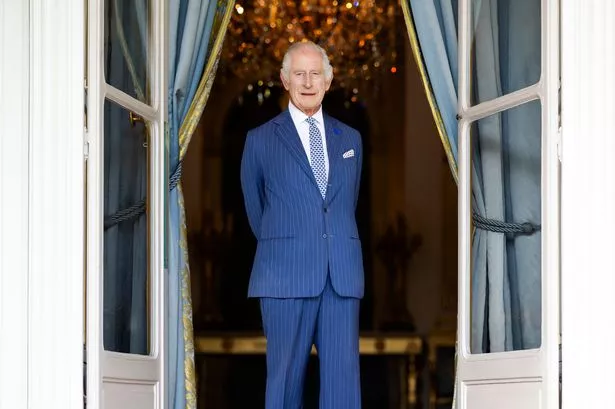The news that King Charles III has been diagnosed with cancer broke yesterday evening (Monday, February 5). Buckingham Palace confirmed the news and said the King does not have prostate cancer, but the disease was discovered while he was in hospital for treatment of an enlarged prostate.
As per royal family tradition, there is a protocol in place for the death of the monarch. When Queen Elizabeth II, the nation's longest-reigning sovereign, died, preparations codenamed Operation London Bridge and Operation Unicorn were put into action.
The same protocol is now in place for King Charles III, who was the oldest British monarch at a coronation. Codenamed Operation Menai Bridge, the protocol for when Charles dies outlines the steps to be taken during the official period of mourning, the way his death will be announced publicly and the details of his funeral.
Read more:
- The 'charming millionaire' who swindled wealthy women
- Urgent warning after popular drink almost killed toddler
Operation Menai Bridge is extensive and involves a range of government agencies from the police, military and intelligence services. There are also private organisations and individuals who have specific roles and responsibilities in the event of the monarch’s death.
The operation is designed to ensure that the transition of power from one monarch to the other is as smooth and orderly as possible, while also respecting the traditions and protocols that surround the death of a monarch.
It is likely that a state funeral will be held when King Charles III dies, similarly to his mother's. The arrangements surrounding his death and funeral are meticulously planned and it is likely that the day will be a national holiday in the UK.
The name Menai Bridge is a suspension bridge that spans the Menai Strait between the island of Anglesey and mainland Wales. It was designed by Thomas Telford and completed in 1826. As the former Prince of Wales, Charles has a connection to the bridge and to Wales in general, as he was involved in various organisations and causes in the country before he ascended to the throne.
It is thought that planning for Operation Menai Bridge began almost immediately after the funeral for his mother. While it might seem hasty, it is imperative that the plans be in place well before the death of the monarch.
Operation London Bridge - the plan that outlined the procedures and protocols to be followed in the event of the death of Queen Elizabeth II - had been in place for many years, and was updated and refined over time as technology and the political landscape evolved.
The next in line to the throne when King Charles III dies is his eldest son, Prince William. Queen Camilla would not stay on as Queen, as when a King dies, the Queen Consort does not hold the title. Camilla will instead become Queen Dowager.
Camilla would no longer be the Queen Consort once her husband had passed away. The Queen Dowager does not become the monarch or the head-of-state. While Queen Dowager is not an official title, it is a courtesy title given to the widow of the King.
In the case of the Queen Mother, she was the widow of King George VI and the mother of Queen Elizabeth II. When George VI died in 1952, his daughter Elizabeth ascended to the throne, and Elizabeth’s mother became known as the Queen Mother. She held this title until her death at the age of 101 in 2002.
The last Queen Dowager in Britain before the Queen Mother was Alexandra of Denmark, the wife of King Edward VII. When King Edward VII passed away in 1910, Alexandra became the Queen Dowager. She held the title until her own death in 1925.






















